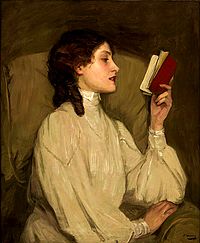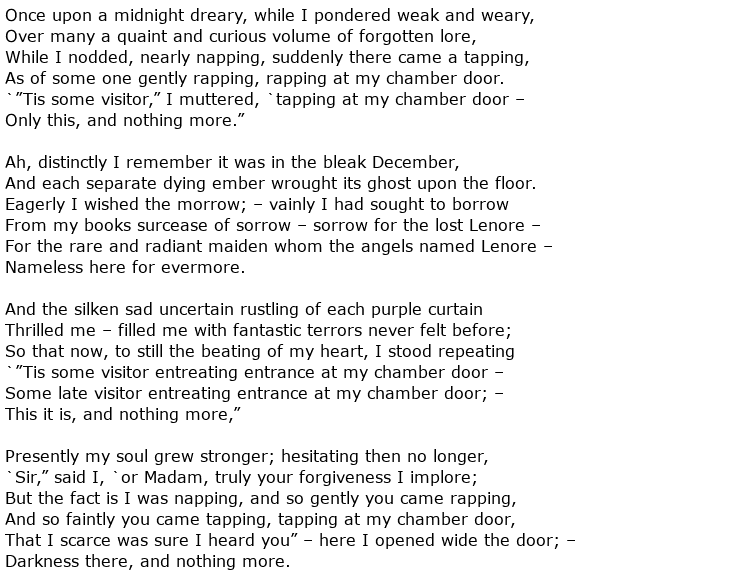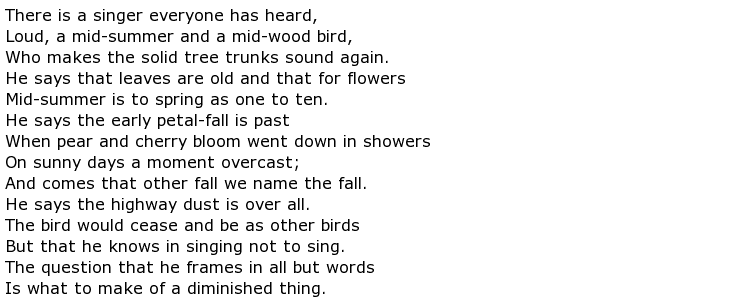 The analysis of a poem is something that all students should learn to do. Even for those who don”t find poetry particularly interesting, the process of analysis alone is worth experiencing and developing. If nothing else, learning to analyze poems may be enjoyable later in life when listening and evaluating the lyrics of songs. There are five main categories that the analyst should consider: content, language, imagery, form, and syntax. In the first category, one should ask how the tone of the poem”s speaker, as well as the context of the poem, affects your understanding of the writing. Even just assessing the role of the speaker in the poem can be useful — who is the speaker, is the speaker just telling about the situation, or is he or she involved somehow? What”s the historical context of the piece? This too can affect your understanding of the poem. Other things, such as the tone and the sense of tension or conflict, can impact the understanding of the poem.
The analysis of a poem is something that all students should learn to do. Even for those who don”t find poetry particularly interesting, the process of analysis alone is worth experiencing and developing. If nothing else, learning to analyze poems may be enjoyable later in life when listening and evaluating the lyrics of songs. There are five main categories that the analyst should consider: content, language, imagery, form, and syntax. In the first category, one should ask how the tone of the poem”s speaker, as well as the context of the poem, affects your understanding of the writing. Even just assessing the role of the speaker in the poem can be useful — who is the speaker, is the speaker just telling about the situation, or is he or she involved somehow? What”s the historical context of the piece? This too can affect your understanding of the poem. Other things, such as the tone and the sense of tension or conflict, can impact the understanding of the poem.
Boom! Crash!
By Lieren

The language of the poem, which includes the rhythm employed, can affect its purpose, meaning or emotional force. Word choice, whether formal or informal, conversational or narrative, or even the dialect, can all influence the poems analysis. Such things as having an identifiable rhythm and meter, the number of syllables per line, and a specific pattern can all impact the feel and flow of the poem. And of course, the use of such techniques as alliteration can also affect the poem”s “feel”. A classic example of a poem which is impacted by the language, rhythm and usage of alliteration is provided by Edgar Allan Poe.
The Raven (an excerpt)
By Edgar Allan Poe

Poe”s writing also serves as an excellent example of imagery. He provides a substantial amount of sensory language, including metaphors and all manner of symbolism. These all affect the flow and understanding of the poem, and are essential elements of any analysis. Form is also important in analyzing a poem, especially when comparing it with the main idea and theme of the writing. Certain types of poems follow specific patterns or structures: haiku, ode, sestina, sonnet and so on. Such things as consistency with the number of stanzas and lines are equally worth noting. Perhaps there is a particular pattern that a poet uses consistently in all of her writings. Also, there may be certain lines or stanzas that diverge from the previously established pattern. Noted poet Robert Frost provides us with an excellent example of a rhyme scheme which is decidedly different than most would consider using.
The Oven Bird
by Robert Frost

This work is also interesting when considering the syntax of a poem. One should look at how the lines are broken — do they break at places commonly associated with standard punctuation or do they employ some sense of enjambment? Such things greatly impact the meaning of a line of poetry. Also beneficial is the poet”s use of tense and voice; poems with a passive voice tend to have a different feel than those written in the active voice.
Learning even a little about poem analysis can help the beginning poet or reader of poetry move to a better understanding of how poems are written and why.


You must register to comment. Log in or Register.